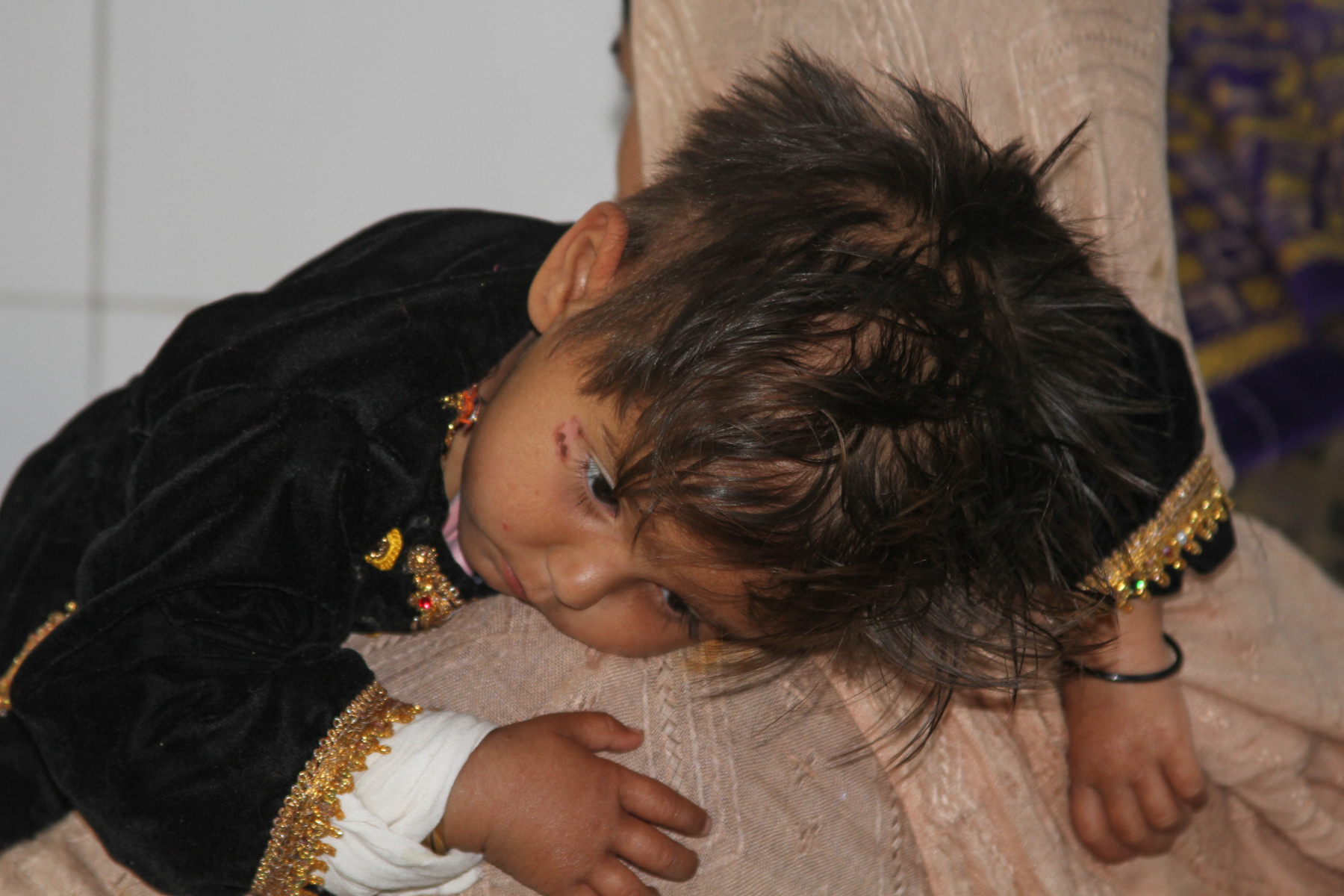REPORTING BY ABDUL BASIR BINA AND SHIKIB AHMAD NAZARI
ARTICLE WRITTEN BY SAMIR AHMADI
PHOTOS BY SAMIM FROGH FAIZI
The summer and fall harvest seasons offered a fleeting respite for numerous Afghan households grappling with the challenge of securing sustenance. But now winter is arriving, with January and February being the months with the harshest weather. According to the UN World Food Programme, 4 million people in Afghanistan are acutely malnourished, including 3.2 million children under age five.
The living standards in Afghanistan, already tenuous before the Taliban assumed control in August 2021, plummeted further amid their power seizure and the ensuing economic collapse. In particular, reports the International Rescue Committee, “Food insecurity remains the greatest threat to everyday Afghans. Currently, 40% of the country’s population are facing acute food insecurity—the fourth highest figure in the world.”
The most severe repercussions are experienced by children under the age of five and pregnant women or lactating mothers, in particular those recently expelled from Pakistan and Iran where they had sought refuge but have now been forced to return to Afghanistan, losing the homes and economic means they had set up in these neighboring countries.
“People are forced to make impossible choices to put food on the table, and children are at particularly increased risk of starvation, malnutrition and hunger, and preventable diseases,” IRC’s report continues.
Dr. Mohammad Aris Hasanzai, head of the Child’s Health Department at Indira Gandhi Children’s Hospital, told Anthrow Circus his department provides assistance to children under five years old. The hospital is only able to treat the most extreme cases of malnutrition. “None of our beds are empty ever,” he says of capacity at Kabul’s main children’s hospital.
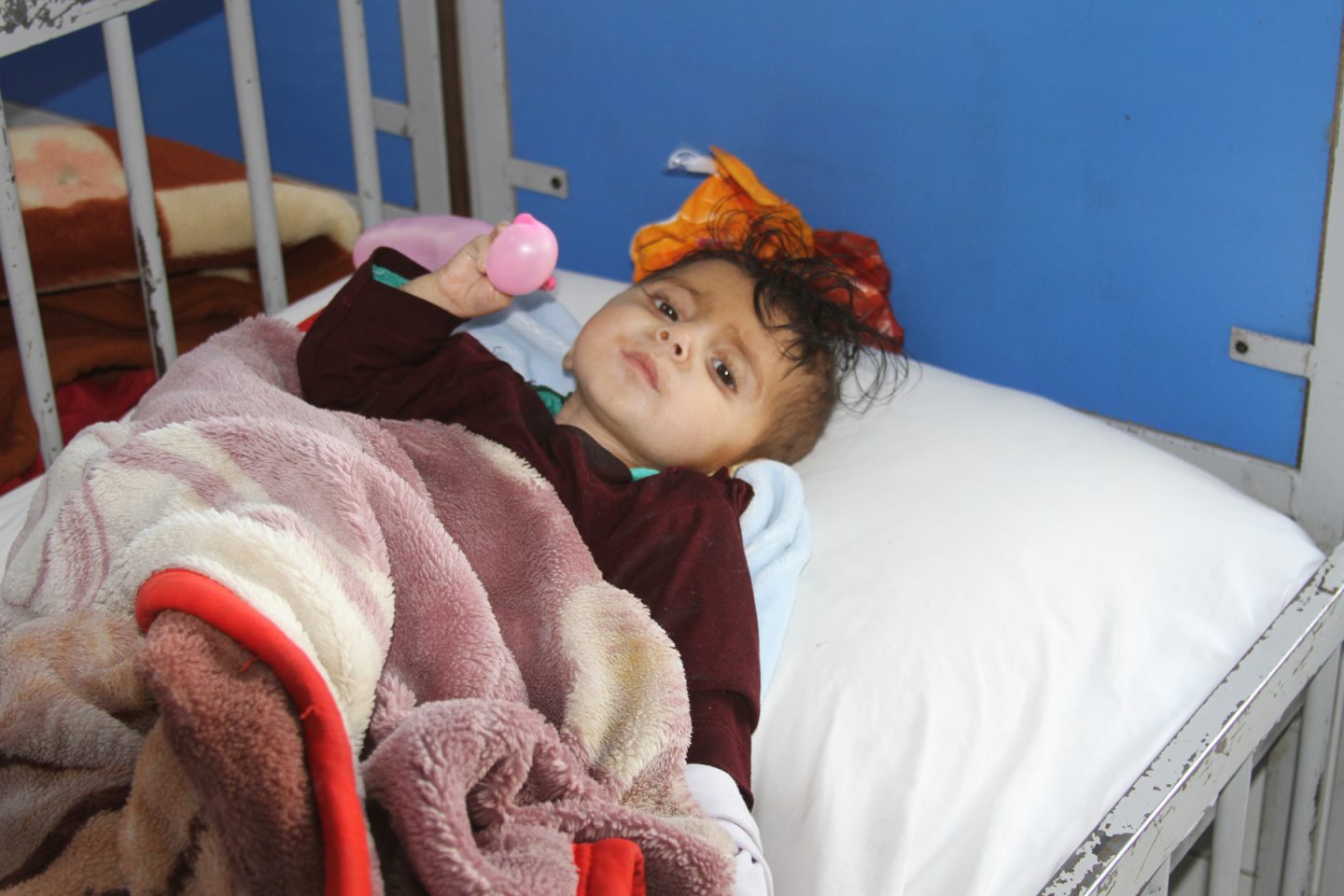
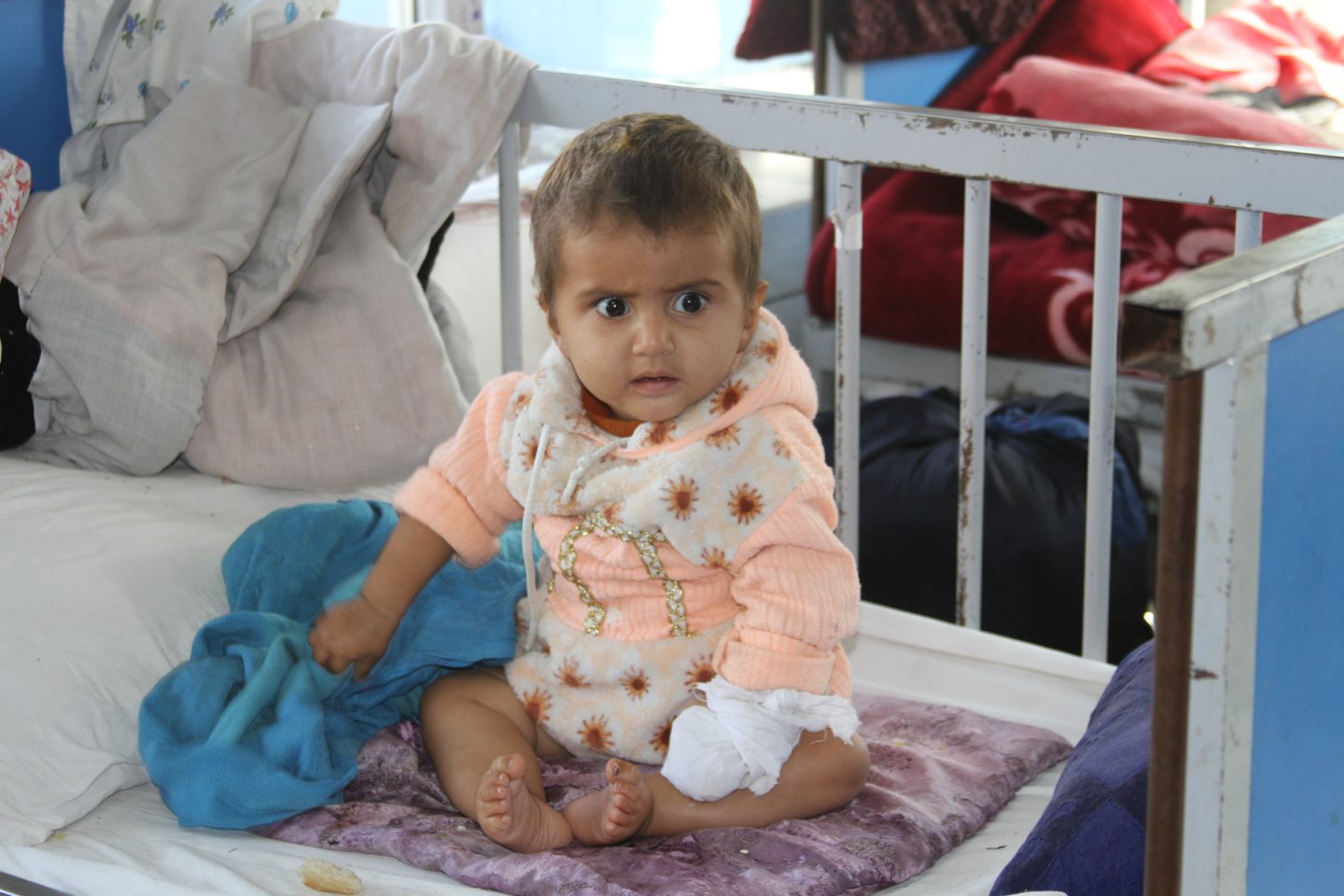
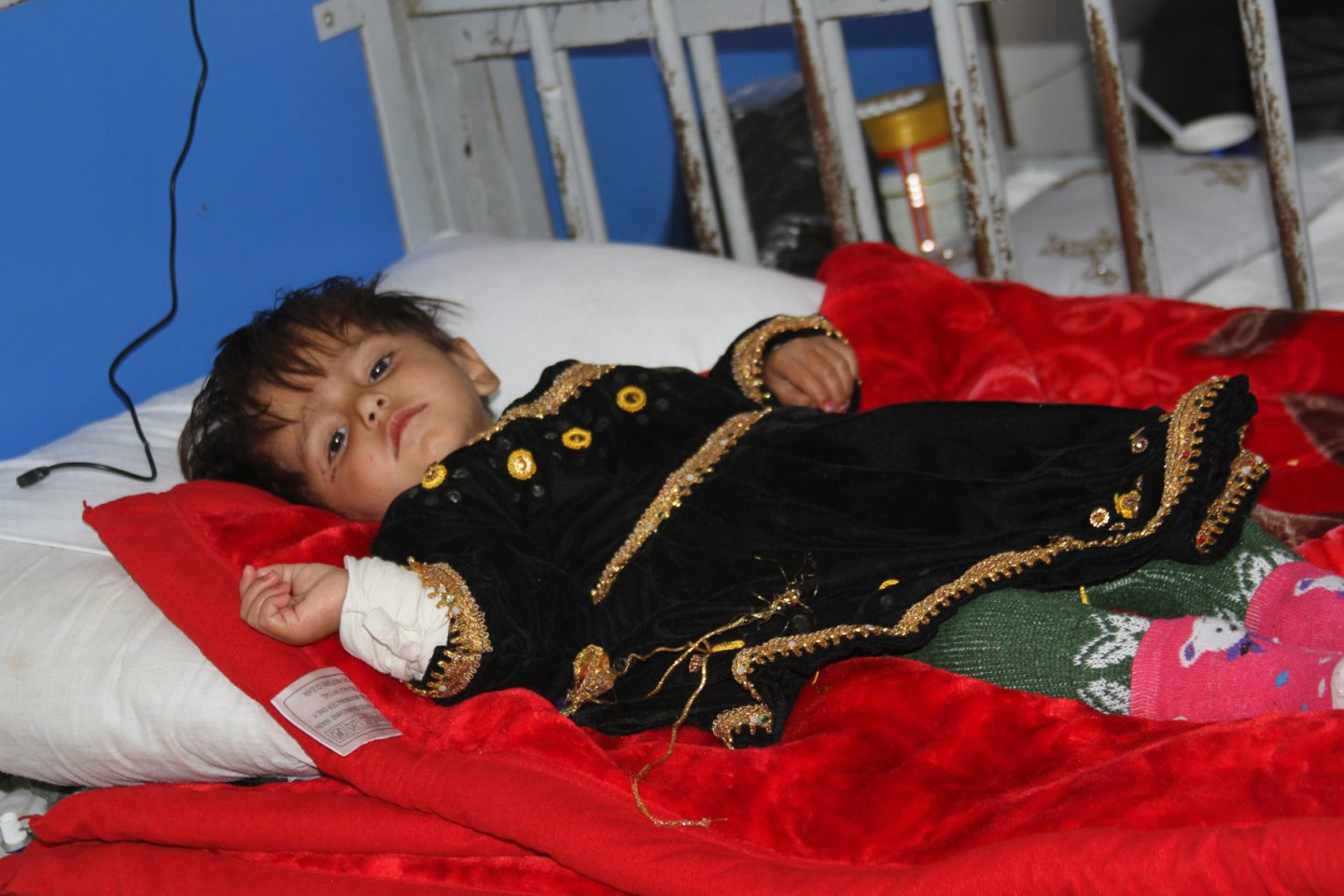
“It’s important to know the causes of malnutrition,” he explains.
Most obviously, he says, “One of the main causes is the lack of enough food for children in Afghanistan and even in the world.”
“Other natural factors are war, drought, flood, and [immigration]. … Some diseases are also the cause of malnutrition, such as pneumonia or diarrhea.” These create favorable ground for malnutrition, as does, by extension, failure to comply with vaccination schedules to ward off certain diseases.
While some families have a bad economic situation and can’t afford proper food for their children, Hasanzai explains that malnutrition is not only the domain of the poor. “Some [families] have a good economic situation but don’t know what they should feed the child.” For example, he says, some mothers rely on only breastfeeding too long and don’t begin introducing other foods that are needed by babies from the time they reach six months of age.
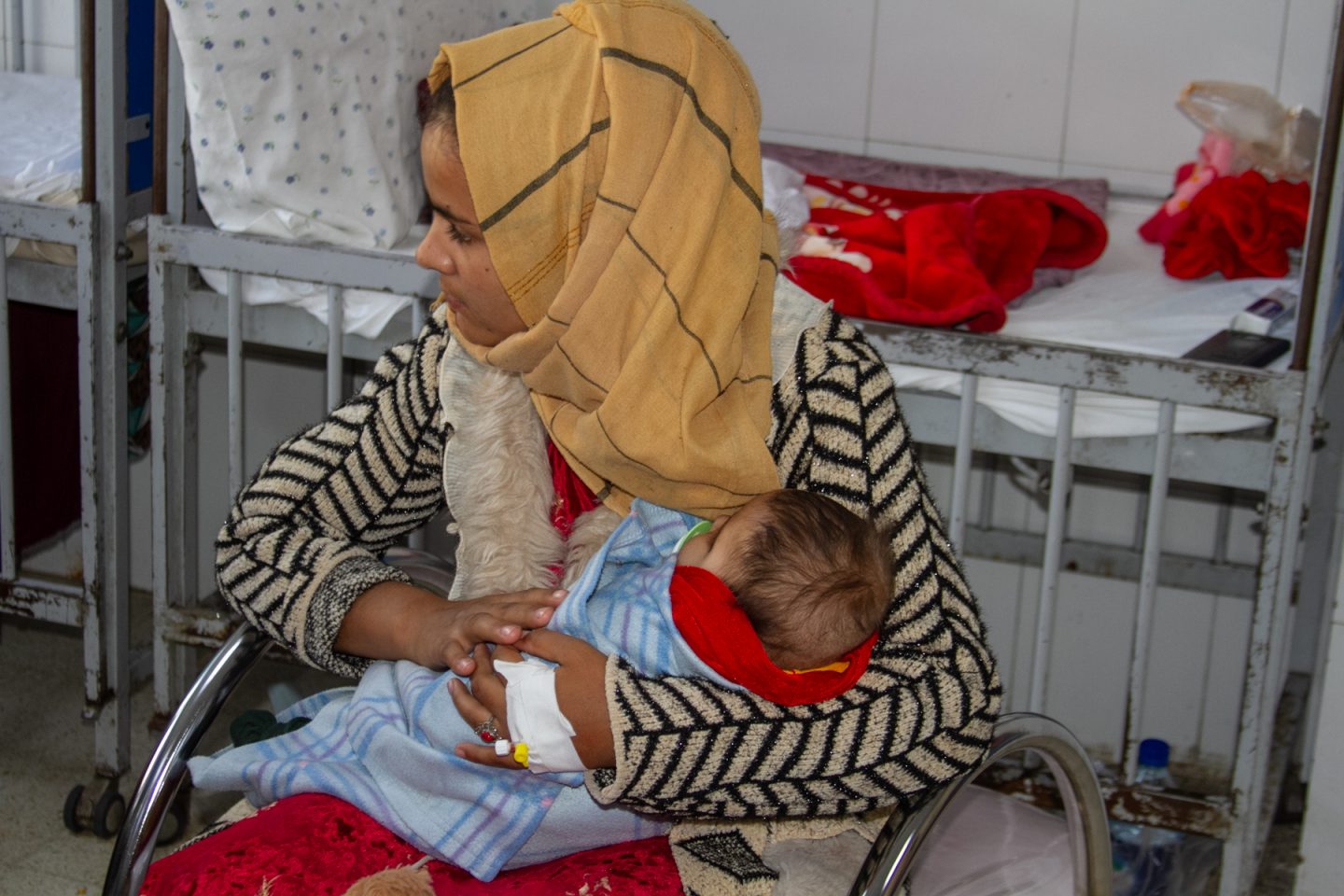
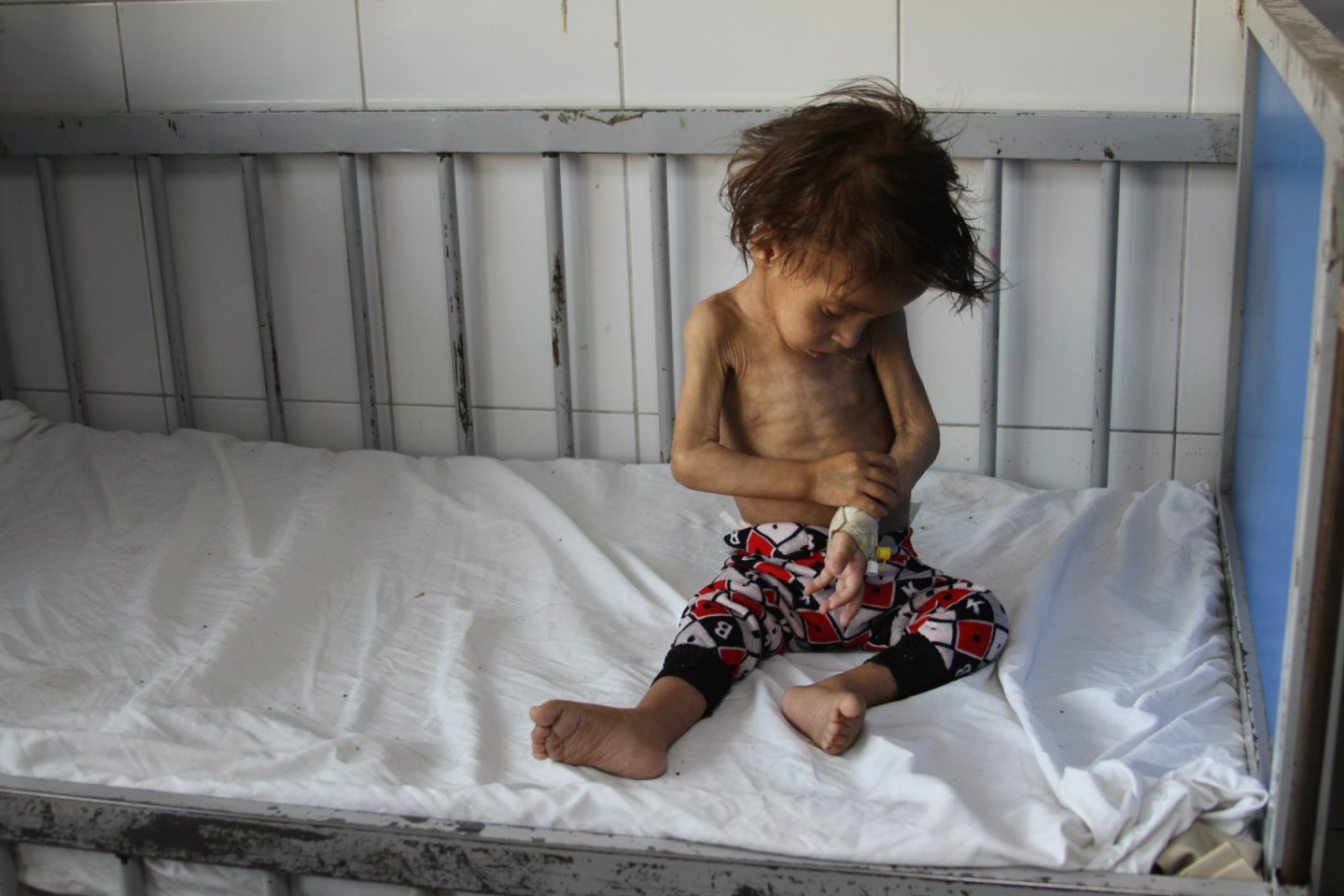
Zahira, the mother of a 1-year-old boy, reported to Anthrow Circus that her son is experiencing weakness, fever, and cough. Doctors have informed her that her son is suffering from malnutrition and cognitive issues. Now her son is hospitalized at Indira Gandhi Hospital for better treatment.
Addressing child malnutrition requires a multifaceted approach involving humanitarian aid, healthcare infrastructure improvement, and efforts to stabilize the economic and political situation. The global community needs to stay informed about such crises and contribute to initiatives aimed at improving the well-being of vulnerable populations, especially children.
Child malnutrition is a condition where a child’s health is negatively affected due to an imbalance between the nutrients they consume and the nutrients their bodies need for proper growth and development. Malnutrition can manifest in three broad forms, including undernutrition, micronutrient deficiencies, and overnutrition.
Undernutrition is the most common form of child malnutrition and occurs when a child does not receive enough calories, proteins, or other essential nutrients for growth and development. It can lead to stunted growth and wasting (severe thinness).
In addition to macronutrients like proteins and carbohydrates, micronutrients (vitamins and minerals) are crucial for a child’s health. Deficiencies in essential vitamins and minerals, such as vitamin A, iron, zinc, and iodine, can lead to various health issues, including compromised immune function, anemia, and developmental delays.
Excessive intake of nutrients, or overnutrition, can also lead to malnutrition, particularly in the form of obesity. Overnutrition is associated with an increased risk of various health problems, including cardiovascular diseases and diabetes.
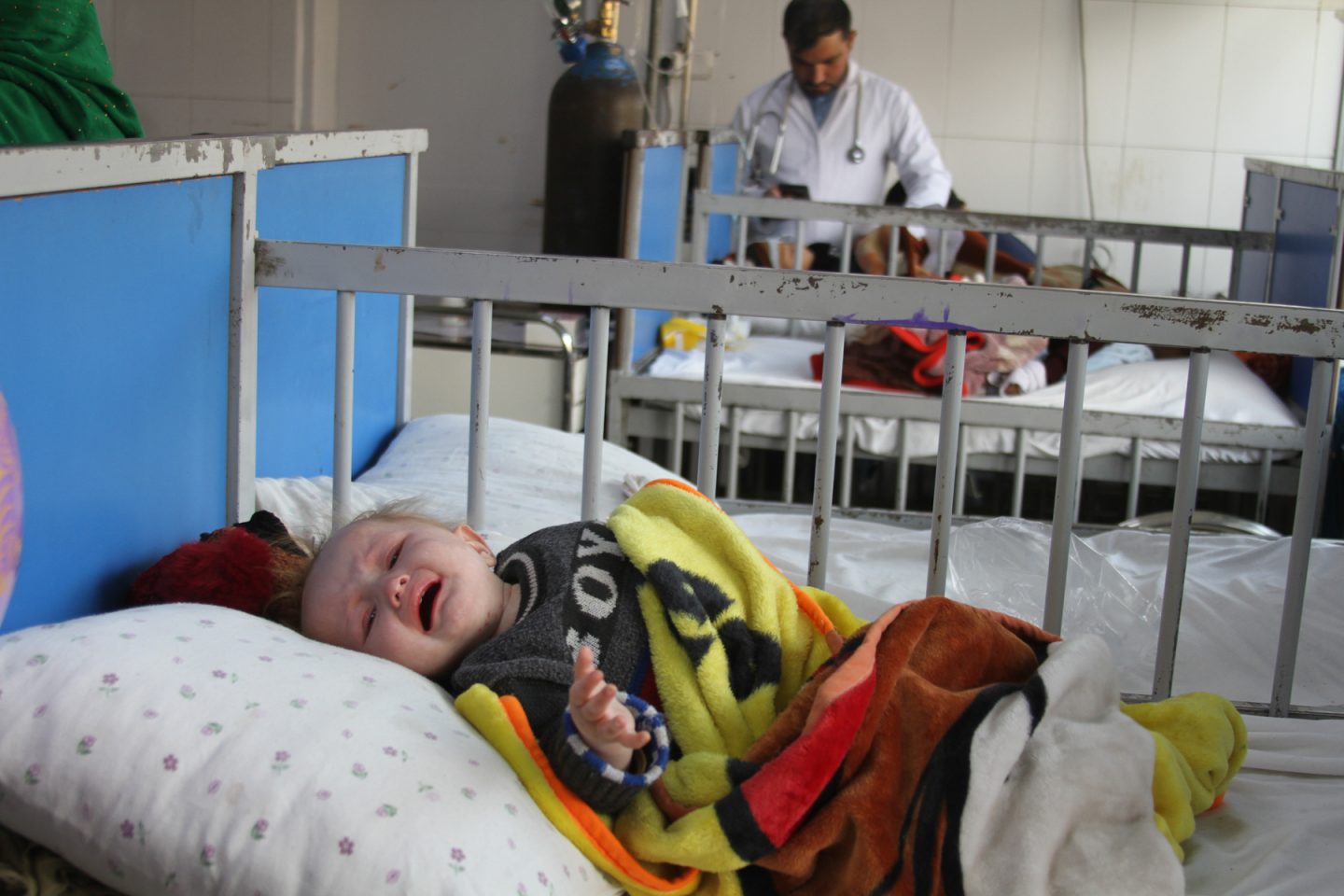
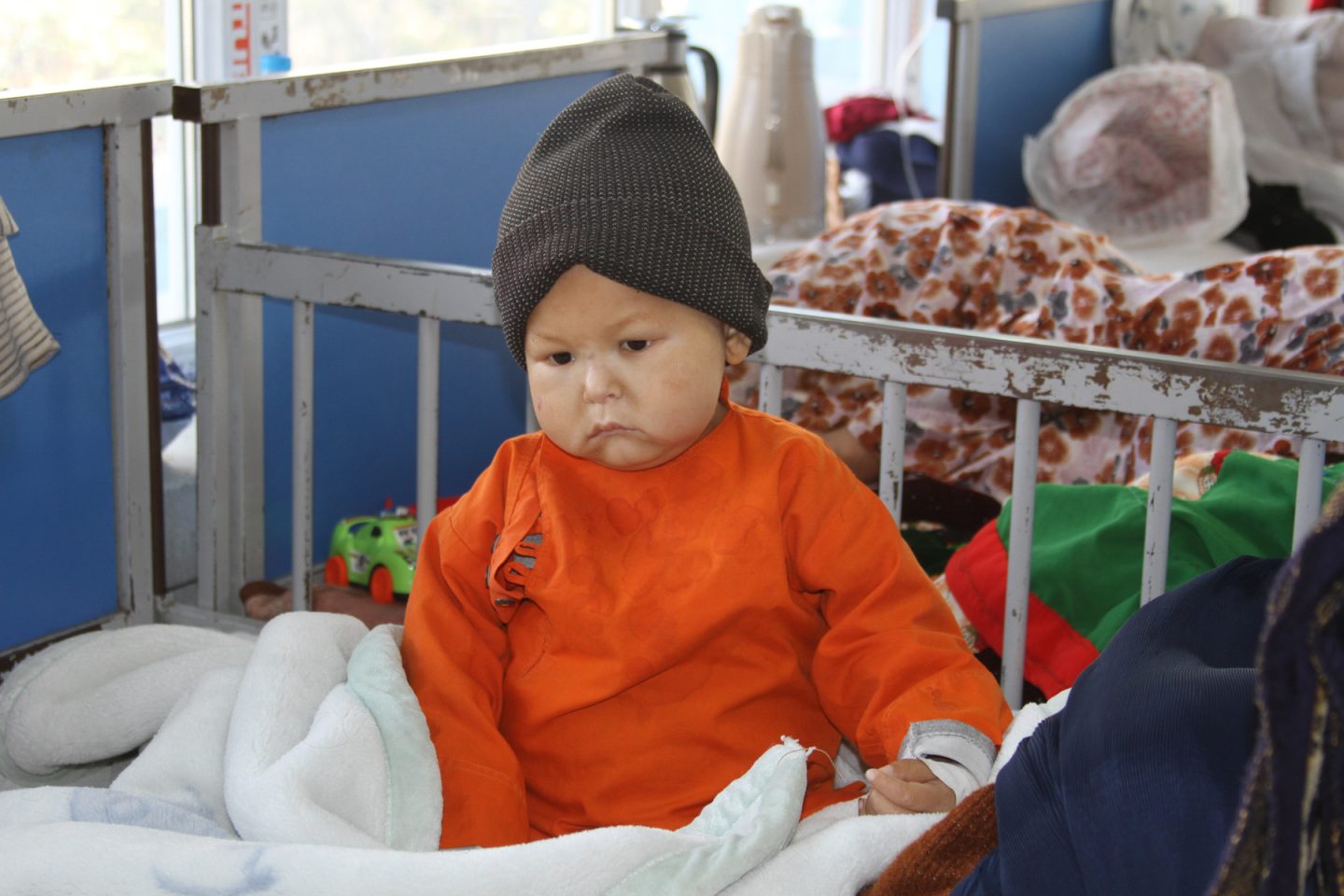
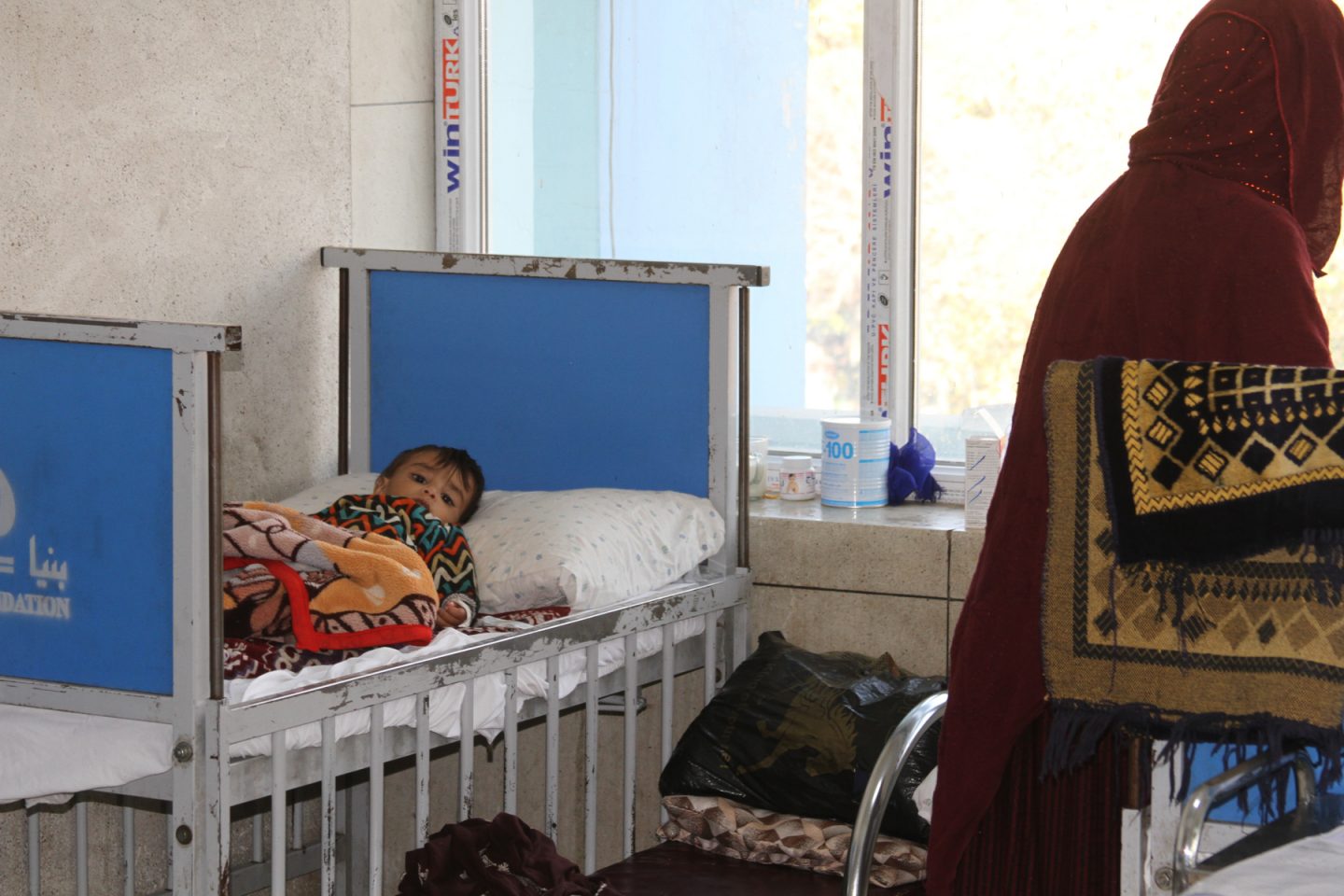
The factors that contribute to child malnutrition often interact in complex ways. For example, lack of access to a diverse and nutritious diet, a significant contributor to malnutrition, can result from poverty, food insecurity, food inaccessibility, or limited access to essential nutrients.
Limited access to healthcare services, including prenatal care and treatment for illnesses, can contribute to malnutrition, as can unsafe water and poor hygiene practices, which can lead to infectious diseases that further worsen malnutrition.
Socioeconomic factors such as poverty, lack of education, and poor training in good nutrition can impact a family’s ability to provide what their children need.
Dr. Hasanzai says malnutrition patients are treated with a special diet that includes two types of milk. Some of the children also have additional diseases and need antibiotics and other treatments on top of treatment for malnutrition. Most of these treatments are available in his hospital, but medical supplies are still limited compared to the huge need in such a poor country as Afghanistan.
He requests continued assistance to improve facilities, noting the help of international health organizations like UNICEF, WHO, and others, and even calling on Afghan businessmen to help with solving malnutrition in his country. Without treatment, he says, children suffering from malnutrition will die or be disabled, if they manage to survive.
The escalating child malnutrition crisis in Afghanistan paints a bleak picture of the dire consequences faced by vulnerable populations. But with increased availability of proper healthcare treatment, more mothers like 25-year-old Hajira will see their children’s health improve.
Hajira brought her 1.5-year-old son to Indira Gandhi Children’s Hospital. It’s the first time he had been diagnosed with malnutrition, but she said the doctors have told her he is getting better now that they are treating him. She thanks them for their help for her son.
Cozy up with a cup of Namu’s Afghan Saffron Tea Latte
Namu imports saffron from a family farm in Herat, Afghanistan. Saffron is a speciality from this part of the world, and Namu incorporates it in instant saffron tea lattes. This product is new to the market, great for gifts, and a way to bring a little of Afghanistan into your home while supporting the Afghan saffron business, which helps the whole economy. On top of this, Namu gives 5% of each purchase to help feed Afghan families, help Afghan allies, and educate young girls. Your purchase is one tiny little way to help fight the malnutrition epidemic.
Abdul Basir Bina earned his bachelor’s degree in journalism from Kabul University in 2005 and has reported for CNN.

